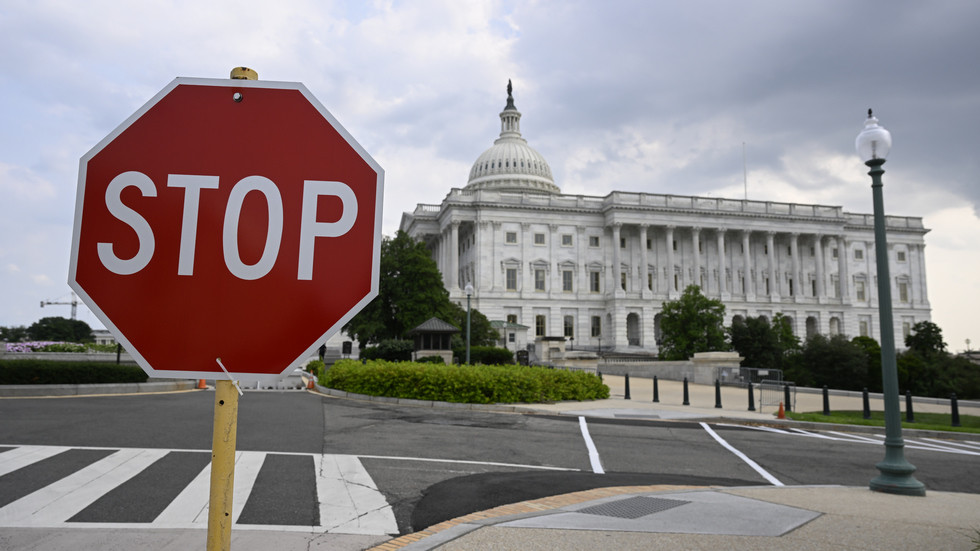The recent media projections indicate a significant shift in the balance of power within the United States Congress, with the Republican Party (GOP) making strides in both the Senate and House of Representatives. The elections for the Senate and House coincide with the presidential race, placing additional focus on the overall political landscape. In total, 34 of the 100 Senate seats and all 435 House seats are contested during this pivotal election cycle. Currently, the Democrats hold a slender majority in the Senate, while the Republicans maintain control over the House.
In a notable development, the GOP has successfully flipped at least one Senate seat, specifically in West Virginia, where Republican candidate Jim Justice appears poised for victory, boasting approximately 69.1% of the vote as ballots are tallied. This shift contributes to a broader trend suggesting that the Republicans may gain increased influence in the Senate, where they are projected to secure at least 48 seats. In contrast, the Democratic Party trails significantly with an estimated 36 seats, creating a scenario where the GOP is on the verge of reclaiming a majority of 51 seats or achieving a 50-seat tie that would lean on the Republican vice president for a tie-breaking vote.
On the House front, the GOP’s momentum continues, as projections indicate Republicans are likely to win at least 139 seats – a number that still falls short of the 218 needed for a full majority. Meanwhile, the Democratic Party is aiming for a minimum of 92 seats. So far, Republicans have successfully flipped two House seats. An analysis by the Washington Post underscores the challenges ahead for Democrats, as they would need to secure victories in at least 43 of the most competitive districts to regain control of the chamber. Conversely, Republicans only require victories in 27 districts to solidify their majority.
This electoral cycle is further complicated by the ongoing presidential contest, where the GOP’s figurehead, former President Donald Trump, appears to be leading in the race against Vice President Kamala Harris. Current projections portray Trump with a substantial advantage, holding 210 of the 270 electoral votes necessary for a win, while Harris lags behind with only 113 electoral votes. The alignment of congressional races with the presidential campaign intensifies the stakes for both parties, as control of both chambers of Congress would significantly complement the presidency.
This political shift raises implications not only for the immediate governance of the country, but for the long-term ideological direction of American policy. The Republican Party’s potential gains in both the House and Senate could empower them to influence legislation on various critical issues, from healthcare to economic policy, especially in a framework where they could work in tandem with a Republican president. In contrast, a diminished Democratic presence may challenge the party’s ability to counter proposals that diverge from their platform, raising the stakes for their organizational strategies and candidate selections in future elections.
Ultimately, as these election results crystallize, a new chapter in American politics may unfold, characterized by Republican dominance or a renewed Democratic resurgence. The outcomes will reflect the electorate’s sentiments and will have lasting repercussions on the legislative agenda and environment in Washington, DC. The projections suggest a landscape where the Republican Party has the wind at its back, positioning them advantageously for the current electoral cycle and potentially shaping the political discourse in the United States for years to come.

